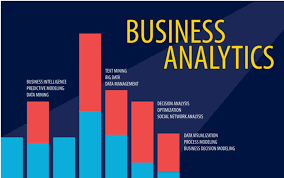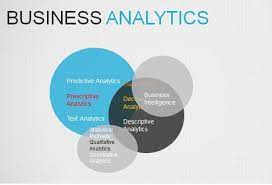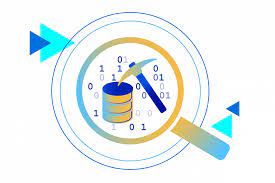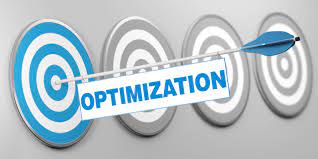Business Analytic Services


Business data analysis includes the activities to help managers or buiness owners make strategic decisions, achieve major goals and solve complex problems, by collecting, analyzing and reporting the most useful information relevant to business needs. Information could be about the causes of the current situation, the most likely trends to occur, and what should be done as a result. Activities can include identifying and verifying potential strategies and solutions, and testing the feasibility of the most favored solutions. Analysis is based, as much as possible, on relevant, With Bloomsford Business Analytic solution services, accurate and reliable information, often involving interactive and automated statistical analysis — or data analysis. With Developing and delivering solutions with strong business value starts with understanding your organization’s needs and objectives.
Whether you are looking to optimize, modernize or digitize operations, requirements provide the blueprints and business alignment necessary to facilitate project success. it’s easier for business owners to make an informed business decision based on the analysis we provide. A few core tenets will assist in optimizing the results a business produces from its data analysis. Figuring out what data to collect is a first step for many companies. Data can be derived from social media, GPS, and other like technology, transaction information, and various other sources.
Evaluating the accuracy and pertinence of data is also critical. Business Data can be collected and analyzed, can guarantee its accuracy or applicability to a business’s goals or strategy. Assessing how the data was collected can be a practical first step in checking for flaws, inaccuracies, or relevance. data should be conceptualized for actionable steps. A business’s data analytics should present the vast and obscure data sets into informational representations that are accessibly understood. These representations must then be applied to actions that can elevate chances for success. A company may want to increase security, drive traffic to its website, refine customer service, or directly build revenue.
How Business Data Analysis Can Transform Your Business
Data-Driven

The modern business world is data-driven. To remain competitive, businesses must be able to utilize data in order to make informed decisions and uncover opportunities for growth.
This is especially true for companies that operate in the digital space, where customer behavior can be tracked and analyzed with ease. We use machine learning to identify trends and establish relationships between verious department when gathering Business dataset
Measuring ROI

However, even traditional brick-and-mortar businesses are realizing the importance of data in measuring ROI (return on investment).
By analyzing past sales performance and current trends, businesses can allocate their resources more strategically and improve their bottom line. Businesses may collect and analyze historical or trending data. The type of data collected depends on the intent for its use. Data may also be collected directly from customers, site visitors, or purchased from third parties. This data ranges widely in terms of content. Common interests for data often include information on customer demographics, interests, behaviors, and numerous other factors a business determines relevant.
Business Forecasting:

The right data is key to effective Business forecasting. By understanding the ROI for various Busiess activities,
you can focus your efforts on those that provide the greatest benefit. Too often, businesses allocate resources based on intuition or past experience rather than reliable evidence. Analytics can help by providing insights into which activities are most profitable and where improvements can be made.
Business Optimization:

It is essential to realize that data analytics are increasingly becoming more necessary across industries. Common associations of data analytics
with marketing and internet commerce are a shortsighted mistake. Broad diversity of businesses and industries can gain competitive advantages from data analysis insights, which is now more accessible than ever before. Companies can better understand their customer’s profiles, habits, and interests. This vital data can be used to inform decisions that maximize profits and customize user or customer experiences to increase efficiency and loyalty.